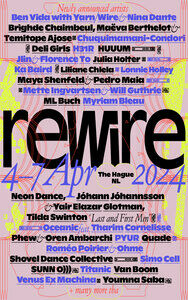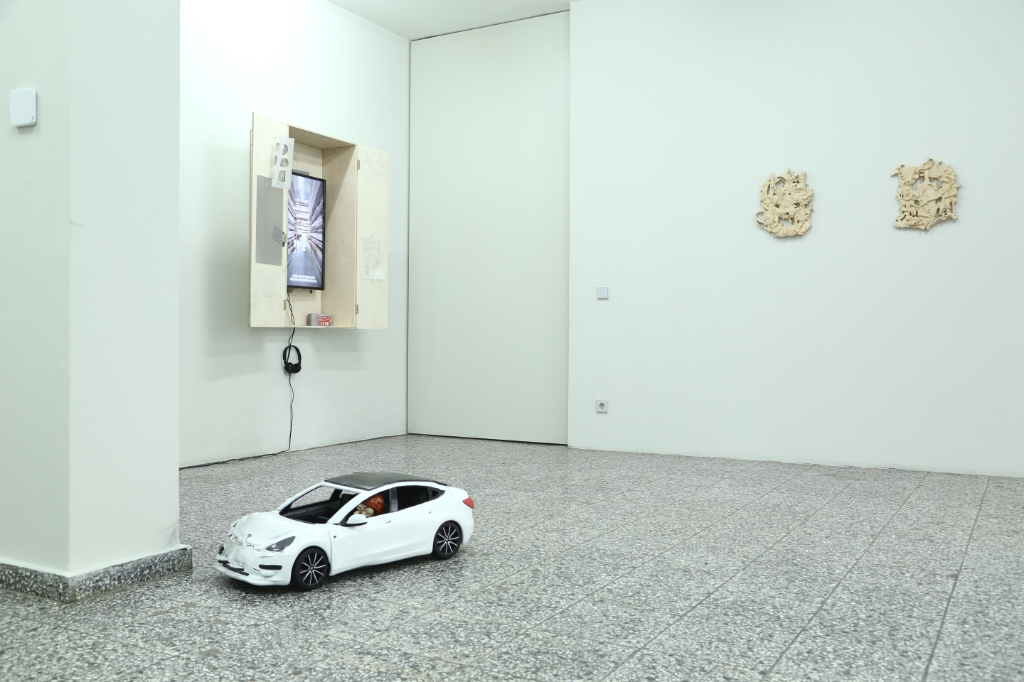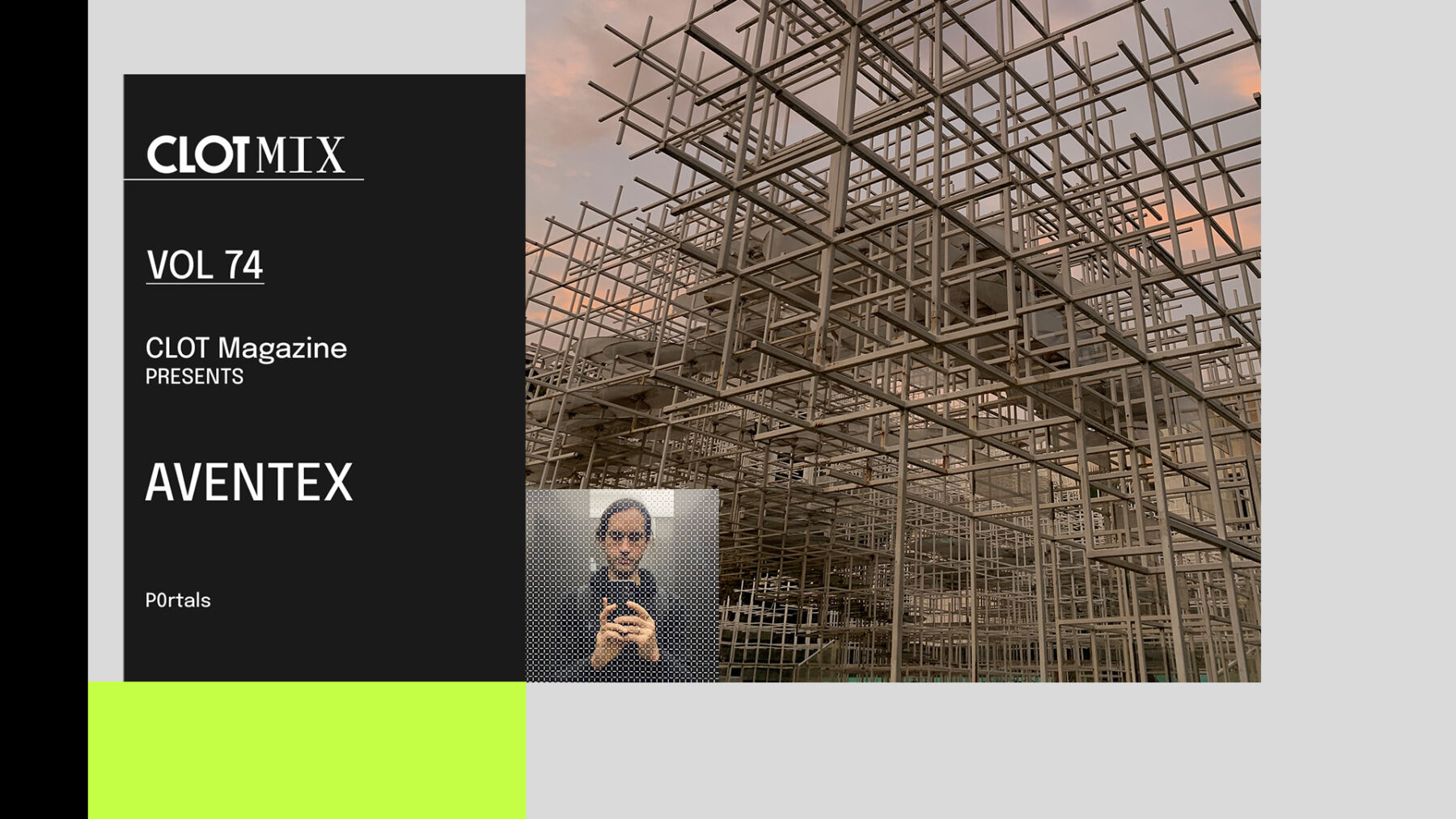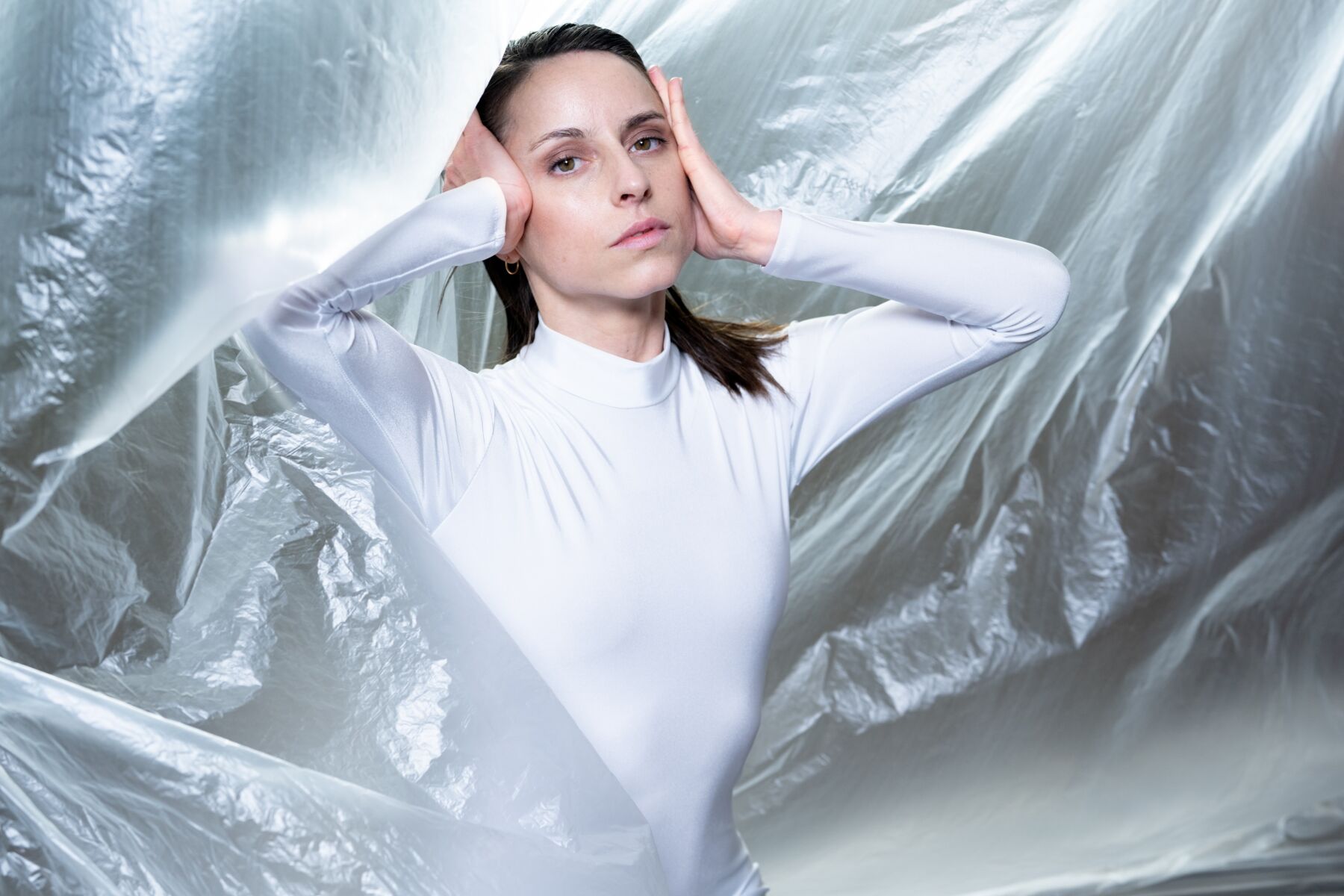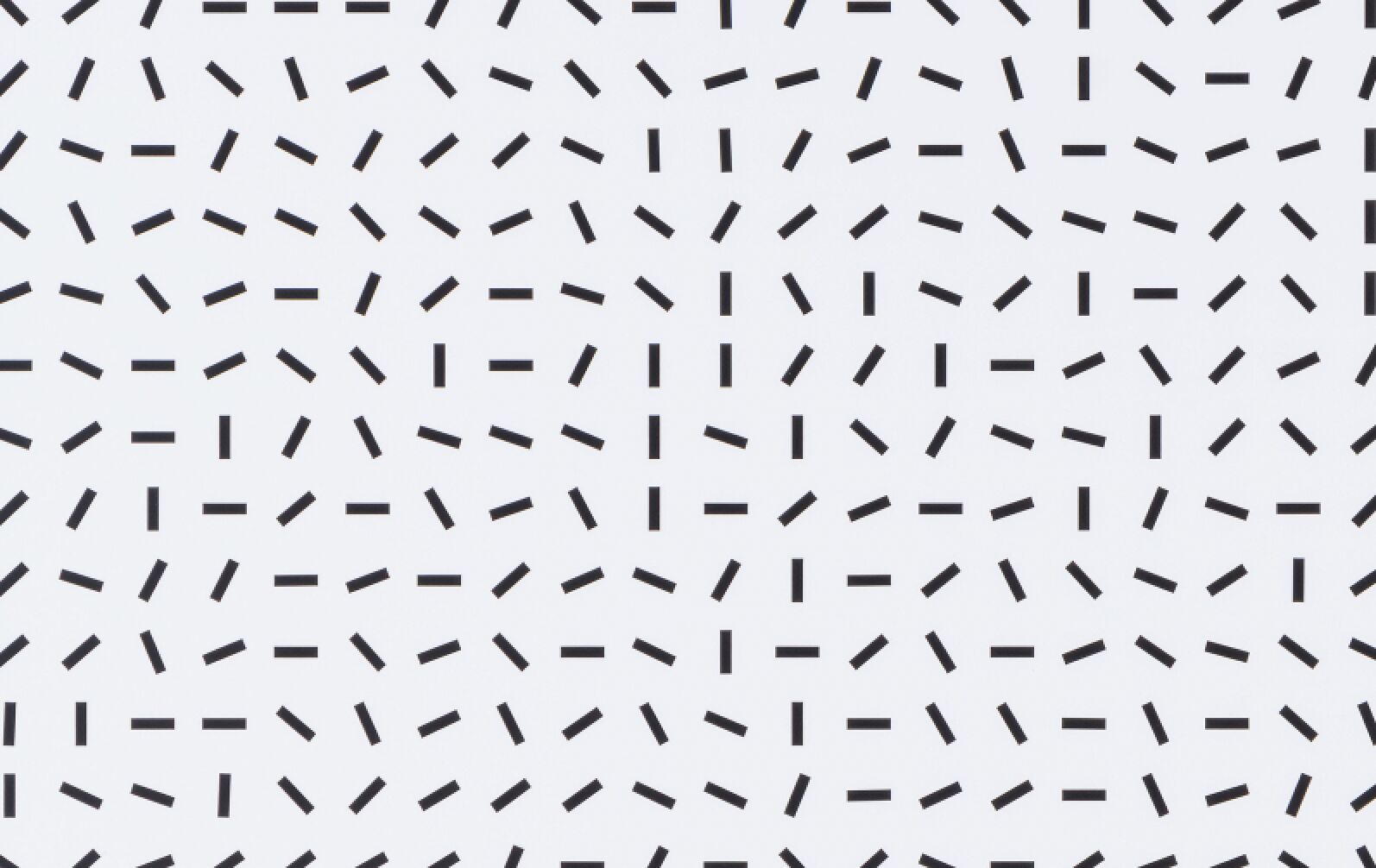Text by CLOT Magazine
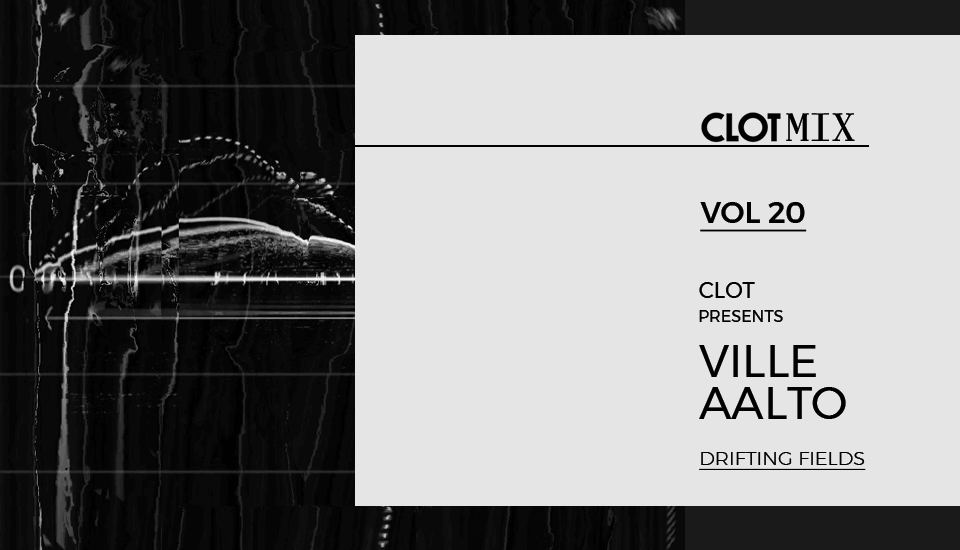
Ville Aalto is the Finnish sound artist and electronic musician presenting our 20th mixtape. Originally from Helsinki, Aalto has been working on a project called Avian Electronics for a few years now. The project focuses on creating and imitating birdsong with synths, including surround sound installations, sound artworks and electronic music featuring synthesized birds and other natural sounds.
Aalto has recently published the first album related to this project, also titled Avian Electronics The music on the album is primarily divided into electronic, rhythmic works and ‘ambientish’, droning works that are a sort of loose electronic interpretation of natural soundscapes. The project is a slightly twisted love letter to the sounds of birds and nature. It aims to raise questions about the relationship between us, nature and technology, as well as the changing (aural) environment that we live in and affect all the time.
The artist states that nature as a stable, separate entity does not exist. We tend to view things that previous generations have created as natural; fields, moors, paths. And so, our current unnatural ways are slowly transforming into nature, traditional landscapes, and conservation areas. This is quite natural, something we may somehow forget. But as the world is so rapidly changing and technological development is affecting everything – how ultimately are we changing our living environment? What will the nature around us sound like in the future?
The mix here is loosely based on this idea of passing through different landscapes and fields with different aural environments – may be travelling on a train or in a dream. The scenery changes slowly, affecting the things you hear around you or in your mind. The main body of the mix are these lovely tracks that evoke images of landscapes, and then there’s quite a bit of synthetic rain, crickets and other “natural” sounds I’ve been working on lately. One of the main inspirations here was Ryoji Ikeda’s masterful 1000 Fragments, which is consequently all over the mix.
You have been working on a project called Avian Electronics, and as well you released your first album – also titled Avian Electronics – last April. What was the artistic process behind the album composition, and what did you technically explore with it?
The artistic process was quite a long one for the album. The idea of synthesizing birdsongs originated from working with the performing arts where the electronic birds were part of “natural” soundscapes. I then thought of making an album of rigid and repetitive music alternating with more soundscape-y tracks. I went in a lot of very wrong directions before I could find ways to incorporate the birds into the more rhythmic tracks.
I suppose the exploration, in general, has been more conceptual than technical – I wanted to make the synthetic beeps and noises of the music mix with the synthetic birds and insects in a way where you could kind of mistake one for the other every now and then. The relationship between nature and technology has been the main theme behind Avian Electronics, and the music on the album is there to provide one sort of interpretation of that relationship.
Why the interest in birds’ songs, and also what kind of birds inspired you?
I’ve been working with synthesizing birdsongs for quite a while now. I created some synthetic birds for a few performing arts projects – they were just a small part of the sound design – and got carried away with it from there. The electronic birds became a project in themselves, and I’ve since made surround sound installations, a radio essay and the album, all featuring synthetic birdsongs in different ways.
I’ve mainly been inspired by the sorts of birds you hear in Finland in the spring, the ones that sing melodic songs – common chaffinches, blackbirds, willow warblers… The song of a Blackbird is one of the most beautiful and emotionally meaningful sounds in the world for me (and also quite hard to recreate with a synthesizer convincingly, which is why it doesn’t appear on the album…). But birds make less melodic sounds that are very inspiring – e.g., the common cuckoo, woodpeckers and the absolutely stunning white bellbird (which doesn’t live in Finland, so I’ve never heard it live). At the moment, I’m actually focusing more on other natural sounds – water, crickets, wind, ambient hum, that sort of thing.
How does your practice fit in the current experimental scene in Finland?
I suppose the initial connection with the performing arts and the obvious thematic content of the project makes it fall a bit outside of the realm of experimental music, maybe? A lot of the material is not experimental in the sense that it’s not aurally very distinctive – I make a lot of the stuff, including the birds, mainly with sine waves as the starting point, and I think there’s a lot of music out there that has kind of the same approach.
The experimental part, I guess, is the connection between synthetic and natural sound and trying to experiment and come up with ways to make it sound simultaneously. The essence of the project I think, are the moments when you might not be sure if a sound is a recording of an acoustic natural phenomenon or a synthetic version of it.
In your project Avian Electronics you raise questions about the relationship between nature and technology and the changing (aural) environment; what is your relationship with technology nowadays? How do you cope with screen/digital technology overload?
My relationship with technology is pretty conflicting, I guess – on the one hand, I love tech, the music and sounds and everything it enables. I have no idea what I’d do if I couldn’t spend my days fiddling with synths and computers. On the other hand, rapid technological advances are why our planet might not be able to cope with our existence much longer. I’m obviously hoping for a solution where we could still keep using a lot of the tech but in a way that doesn’t make Earth mostly inhospitable. I’m not sure how much of a chance there is of that happening anymore, but I try to stay hopeful.
As for screen overload, I’ve been working more and more with hardware synths which feels quite different to working on a computer. Patching a modular feels like a physical craft which is quite nice and you get to stay away from the screen for a long time. I also try to go outside often enough, which is not always easy in Finland outside of summer… but there’s a lot of lovely nature here and cycling around is great when the weather’s good. And reading books is maybe the best antidote for too much screen, I’ve tried to do more of that lately as well.






